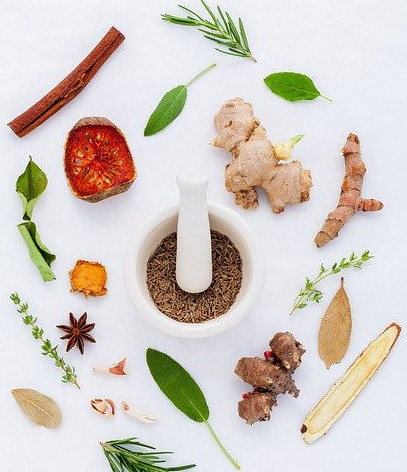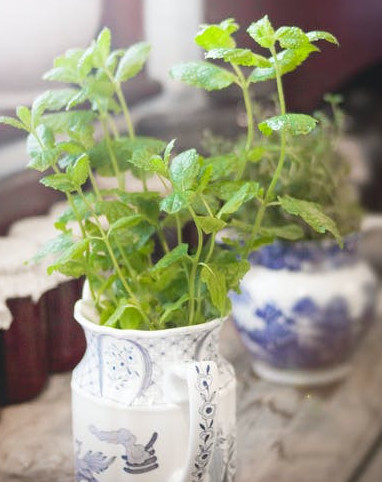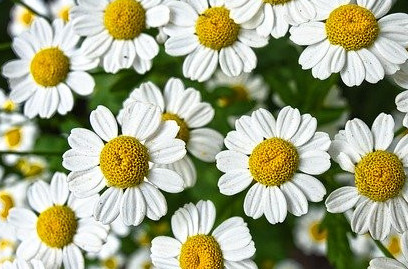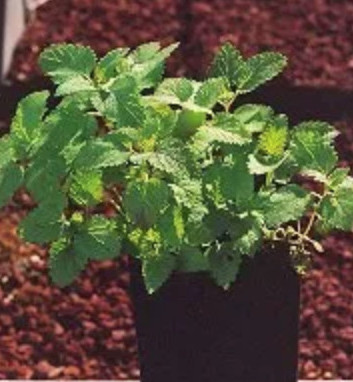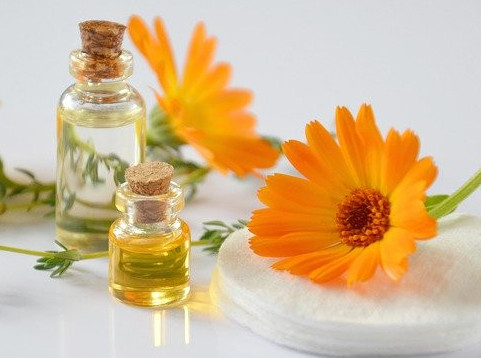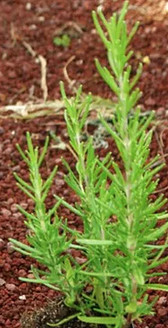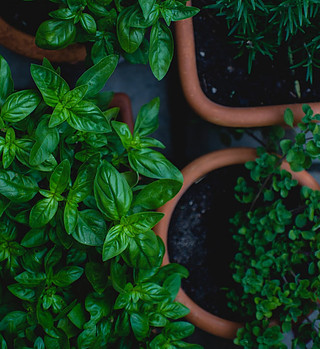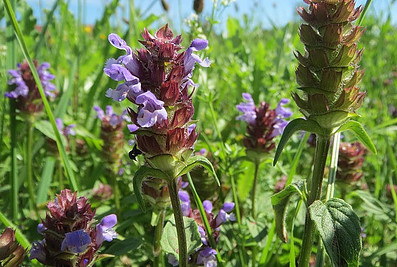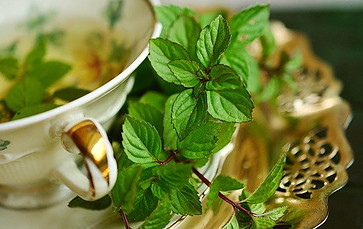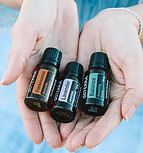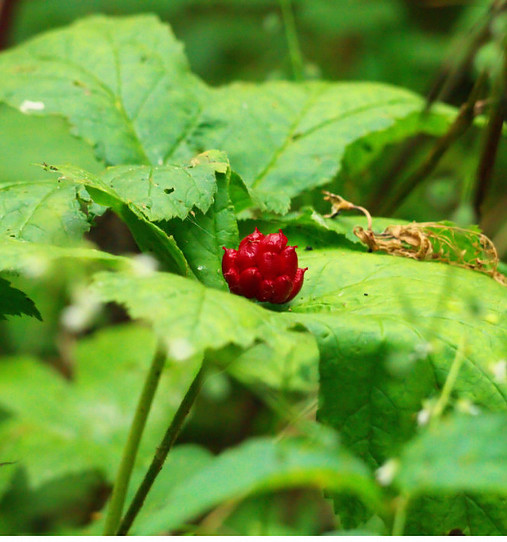10 Common Medicinal Plants and Their Uses
*We may earn a commission for purchases made using our links. Please see our disclosure to learn more.
Common Medicinal Plants and Their Uses
This article is about common medicinal plants and their uses. There are so many common medicinal plants growing all around us. We just need to be able to identify them and learn how to use them. Chemical companies tend to call them weeds but that’s another story for another day.
 The quantity of life giving medicinal plants all around us offer proof (if we needed it) that the Universe surrounds us with abundance! This abundance can also be intimidating to new gardeners. So much to know and do, where to start? The answer to this conundrum is to start small!
The quantity of life giving medicinal plants all around us offer proof (if we needed it) that the Universe surrounds us with abundance! This abundance can also be intimidating to new gardeners. So much to know and do, where to start? The answer to this conundrum is to start small!
Start With Two or Three
Do you like to cook? Then choose a couple of herbs that you can use in your favorite foods. Do you like to drink tea? Then choose a couple of herbs that you could use for tea. (All ten of these herbs can be used in tea.) Are you interested in the art of healing? Then choose several herbs that have multiple purposes. All herbs have medicinal properties and all herbs usually have multiple uses. You just have to know how to use and combine them. Starting with just two or three herbs helps you to acclimate yourself to learning this new skill.
Beginner Friendly
The following list of 10 common medicinal plants and their uses were chosen with the beginner gardener in mind. They are easy to grow and easier 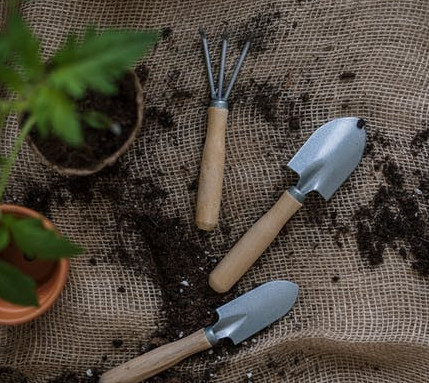 to use. Read through the list and pick out 3 or 4 that interest you. Start a little herb garden in a sunny corner of your yard. If you aren’t able to plant outside, you can even plant most of these medicinal plants in pots and place them by a sunny window inside your home. I guarantee that before long your garden will be getting bigger and biger because you will love growing and using medicinal herbs.
to use. Read through the list and pick out 3 or 4 that interest you. Start a little herb garden in a sunny corner of your yard. If you aren’t able to plant outside, you can even plant most of these medicinal plants in pots and place them by a sunny window inside your home. I guarantee that before long your garden will be getting bigger and biger because you will love growing and using medicinal herbs.
All of the 10 common medicinal plants in this article can be used for more than one purpose. Each herb will include several different ways you can use it. You can also combine two or more medicinal herbs to make your own combinations, especially when you are making a tea.
Experiment and listen to your intuition for what your body needs to thrive. This list of 10 common medicinal plants and their uses will show you many ways to use these plants right now to feel better. Try them and see for yourself!
List of 10 Common Medicinal Plants and Their Uses
- Holy Basil
- German Chamomile
- Melissa
- Lavender
- Catnip
- Calendula
- Rosemary
- Oregano
- Self Heal
- Peppermint
 Holy Basil
Holy Basil
The Latin name for the easist Holy Basil to grow is Ocimum africanum. Holy Basil is an adaptogen. This means it can “adapt” to what our body needs in the moment. This is especially helpful in times of stress and illness. This herb is also good for: arthritis, diabetes, dementia, stress, anxiety, heart, digestive, bee stings, and swelling. It can boost your immune system as well as support your circulatory system.
Tulsi Tea
Another name for Holy Basil is Tulsi and is often sold as Tulsi Tea. There are several different types of Holy Basil but Ocimum africanum is the easiest one to grow. This is my favorite herb for tea. I dry the leaves and flowers but you could also use them fresh. This herb can be combined with peppermint, lavender, lemon balm or chamomile for various flavored teas, each with different medicinal properties. My personal favorite is adding a few lemon balm leaves. You could also combine holy basil with rosemary and oregano in an oil or vinegar for cooking.
Holy Basil is not frost hardy so you have to replant the seeds every year. I live in planting Zone 5 and my plants tend to self-seed and regrow again by themselves in the spring. You can’t count on that though and might have to replant this one every year but it is well worth the effort.
German Chamomile
The Latin name for German Chamomile is Matricaria recutita. There are several types of chamomile plants but this is the one I like for tea. This is considered an annual which means that you have to plant it every year and it is not frost hardy. The flowers are the part used and can be dried or used fresh. This herb is very easy to grow and self seeds in my garden (zone 5).
German Chamomile is an anti-inflamatory which means that it is a great choice for addressing inflamation in the body. It is also a calming tea and great for drinking after dinner or before bed. Other uses for German Chamomile include: anti-spasmadic, analgesic, antiseptic, anxiety, digestion and insomnia.
Melissa
The Latin name for Melissa is Melissa officinalis. Melissa is also know as Lemon Balm or just Balm. This herb is lemon flavored and is a great addition to teas for its calming effect as well as its taste. This herb is a perennial and is hardy in Zones 3-12. The leaves and flowers are used fresh or dried. Melissa is the Greek word for honeybee and the bees love this plant so I will planting some by my beehives.
Melissa has many uses including: depression, anxiety, heart palpitations, headaches, herpes, gout, seditative, lowering fevers, colds, digestion, hyperactive thyroid and insect repelling attributes. It has antispasmodic, antiviral and antibacterial effects. It can be used in teas, tonics, tinctures, lotions, creams, potpouriss and sleep pillows.
Lavender
Most people are probably familar with Lavender because it is so widely used. There are many different types of Lavender with the English version being the most popular. The Latin name for English Lavender is Lavandula augustifolia. That said, I personally like the Munstead variety (Lavandula augustifolia var. munstead) because it is more cold hardy, up to Zone 4, so it comes back every year in my garden. Leaves and flowers are the parts that are used. These can be used fresh or dried and many people like to put them in tea.
Lavender has a mild sedative effect and can be used for: muscle aches and pains, headache, earache, nervousness, digestion, and insomnia. The smell is uplifting and can be used for recovering from an illness, sleep pillows, clothing drawers, bath salts, bath bags, potpourii, lotions, creams, and tinctures.
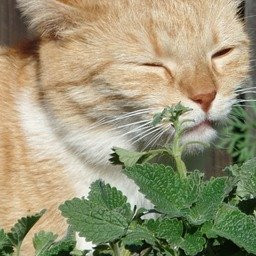 Catnip
Catnip
The Latin name for Catnip is Nepeta cataria. Catmint is another species of Catnip and is has a very strong smell. Cats love this plant! The leaves and flowers are the parts that are harvested and they are best taken in their early flowering stage. Catnip is a perenial and is hardy to Zones 3-9.
Catnip is an antispasmatic and sedative and is good for relieving pains of all kinds but especially cramps, colic, whooping cough, hiccups, and stomach spasms. It is also good for indigestion, gas, restlessness, headache and fever and is very soothing to the nerves. This is a good herb for making into a tea with some added honey for sweetness.
Calendula
The Latin name for Calendula is Calendula officinalis. This herb is called an herb of the sun and is said to have the sun’s power for healing in its’ flowers. The whole plant can be used medicinally but the flower heads are used the most. They can be used fresh or dried. Middle Eastern Arabian horse owners are said to feed Calendula to their race horses as a tonic.
Calendula is good for the arteries, veins and heart disease and is good for poor circulation. It is also antiseptic aand anti-inflamatory and is a good plant to use when you need to induce perspiration or have an upper respiratory infection or sore throat. This is a good choice for insect stings, ulcerations, wounds and burns. Also good for skin, complexion, eczema, warts, and oily skin. The flowers and leaves are good for creams and lotions for the complexion. You can eat the flowers raw in salads or make a tea.
Rosemary
The Latin name for Rosemary is Rosmarinus officinalis. This herb is a perenial but only in Zones 7 and higher. You can put it in a pot to bring it in for the winter or just grow it every year. An old custom was to burn Rosemary in a sick room to clean the air. It was also burned with Juniper berries to purify the air and prevent infection. It is said that Rosemary gives courage and lifts the spirits.
Natural Insect Repellent
This is a great plant to grow in the orchard as a natural repellent against insects that harm the trees. A preparation of Rosemary called the Queen of Hungary’s Water was used as a tonic and beauty water. A sprig is said to ward off evil and bad dreams. It can be eaten raw in a salad or sandwich or with eggs. Can be made into a tea with honey as the sweetner. You can make an antiseptic tea for fevers and blood cleansing using Rosemary, Sage, and Lavender with honey as the sweetner if needed.
Tonic Qualities
Rosemary has tonic qualities and is astringent as well as a stimulent. This herb is good for: low energy, stomach ache, baldness, headache, memory, stimulates the brain and nervous system, blood tonic, obesity, high blood pressure, wounds, cuts, stings, colic, colds, and coughs. It is considered one of the cure all plants and is a supreme heart tonic.
Oregano
The Latin name for Oregano is Origanum vulgare. The parts used are the leaves and flowers and they can be used fresh or dried. Oregano is known to be antifungal, antioxident, and antiseptic. Oregano has powerful purifying and cleansing abilities. It also supports the immune system and respiratory system.
This herb can be made into a tea that is good for colds and bronchial infections. It can help with candida, yeast infections, toe nail fungus and digestion. The essential oil can be added to water in a spray bottle and used to clean surfaces.
Self Heal
The Latin name for Self Heal is Prunella vulgaris. This herb is a perennial and is hardy in Zones 3-9. It is also called Heal All or All Heal and Hercules Wound Wort or just Wound Wort and Heart of the Earth. Flowers, stems and leaves can be used fresh or dried. This herb can be made into a tea and sweetened with honey which makes a great general tonic. It is a healing astringent that can be combined with other herbs for many health complaints but especially wounds.
Self Heal is a good choice for: wounds, canker sores, herpes sores, headaches, as a gargle for sore throat and general pain. It is also has a slightly diuretic quality if needed. Self Heal and Rose essential oil can be combined as a headache remedy.
Peppermint
The Latin name for Peppermint is Mentha x piperita. This herb is said to cleanse and strenthen the entire body and is a general tonic for the digestive system and nervous system. The flowers and leaves can be used dried or fresh and can be made into a tea sweetened with honey.
Peppermint is a cooling and stimulating herb and is good for: digestion, hiccups, breath freshner, nerve stimulating, warming qualities, gas, stomach pains, cramps, indigestion, headache, nausea and constipation. It’s also good for depression, falling asleep, and when there is a feeling of faintness.
 What to Do Next
What to Do Next
Well now you have a better idea of what each of these common medicinal plants can accomplish for your better health and well being. Pick two or three that interest you the most. Buy a plant or packet of seeds for each of your choices and get started on growing them. I don’t think anything is healthier than drinking a cup of tea made with ingredients you grew yourself. If growing medicinal plants resonates with you, try your hand with growing a medicine wheel. It’s a lot of fun and always comes in handy!
Essential Oils
Many of these medicinal herbs can also be purchased in essential oils which is a good alternative until your plants start to produce. The essential oils can be used for adding to tea, cooking and making your own remedies and tonics. While they are a great resource to have on hand, nothing beats growing your own choice of medicinal herbs in the garden.
We are surrounded by an abundance of plants for our health and well being. They are growing wild all around us. We just need to take the time to notice them and make use of them.
I think there is no better time than now to go back to nature and restore our health.
May the rest of your life be the best of your life!

